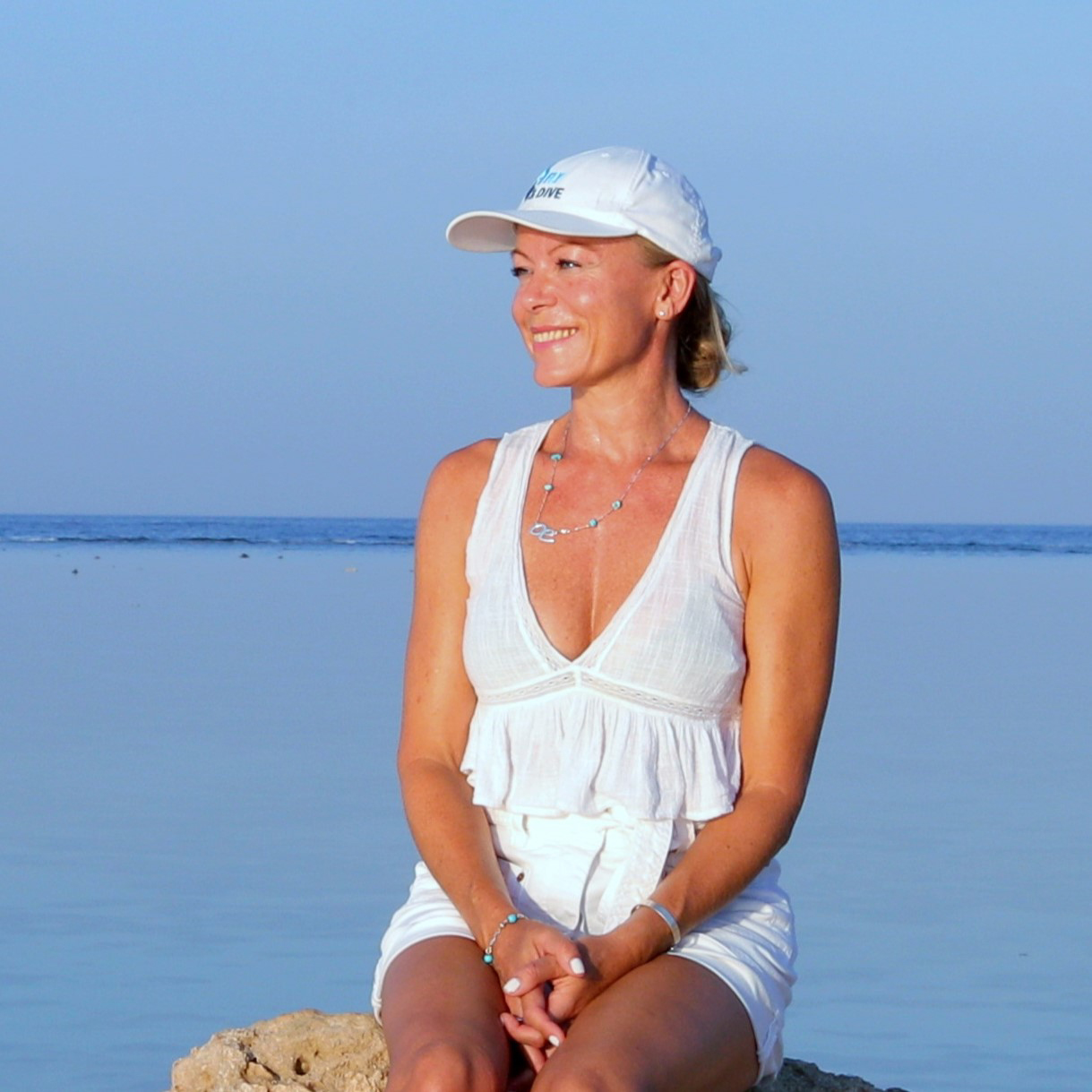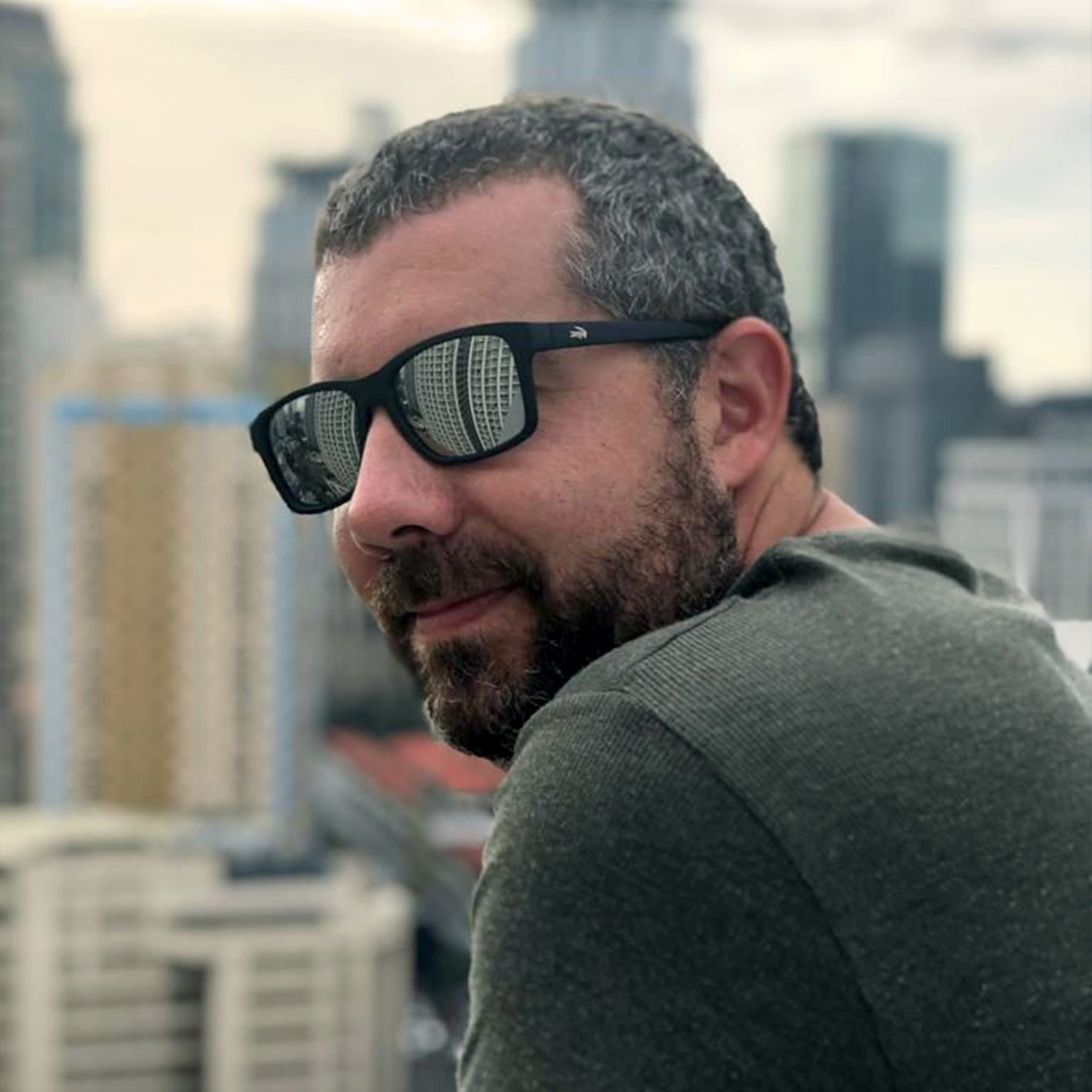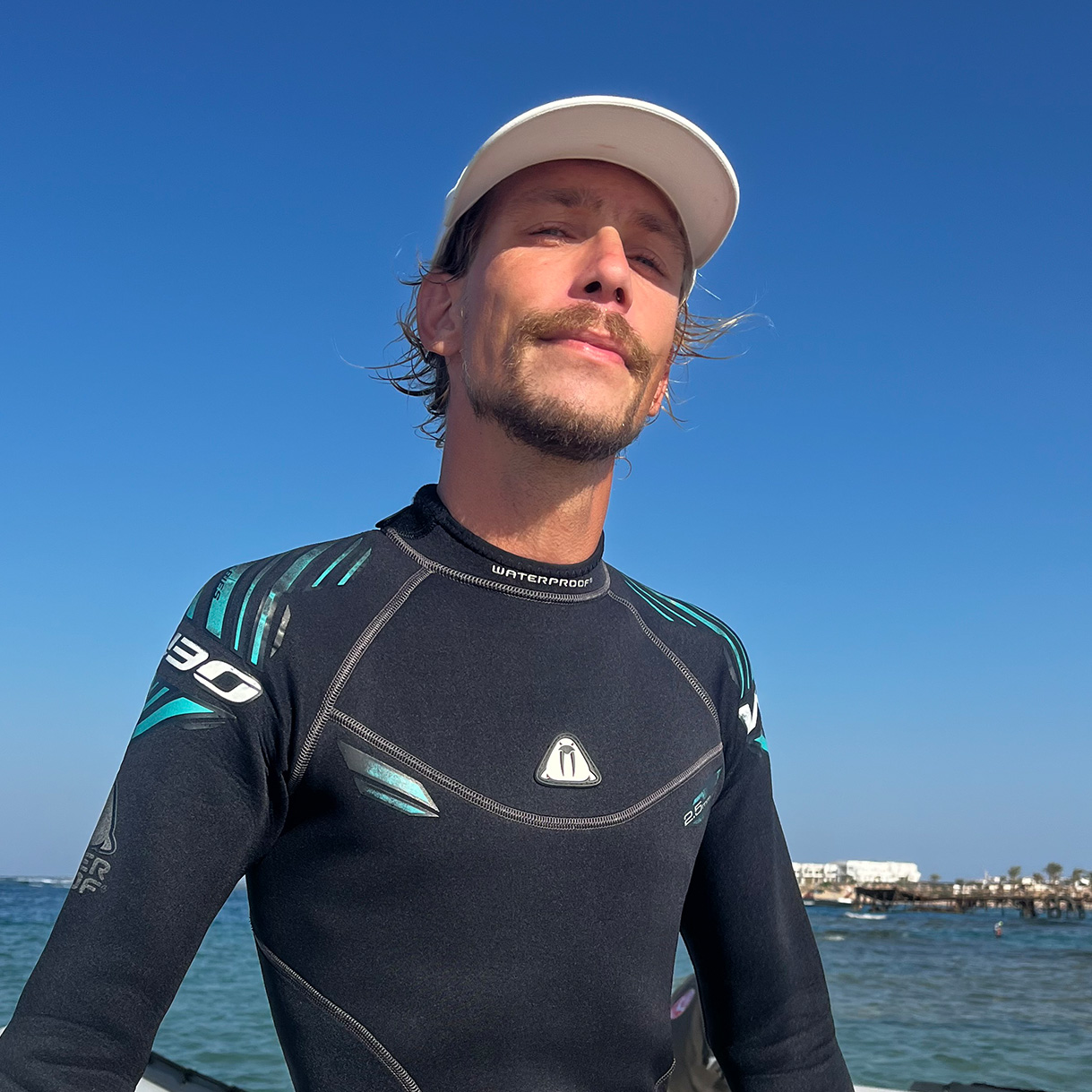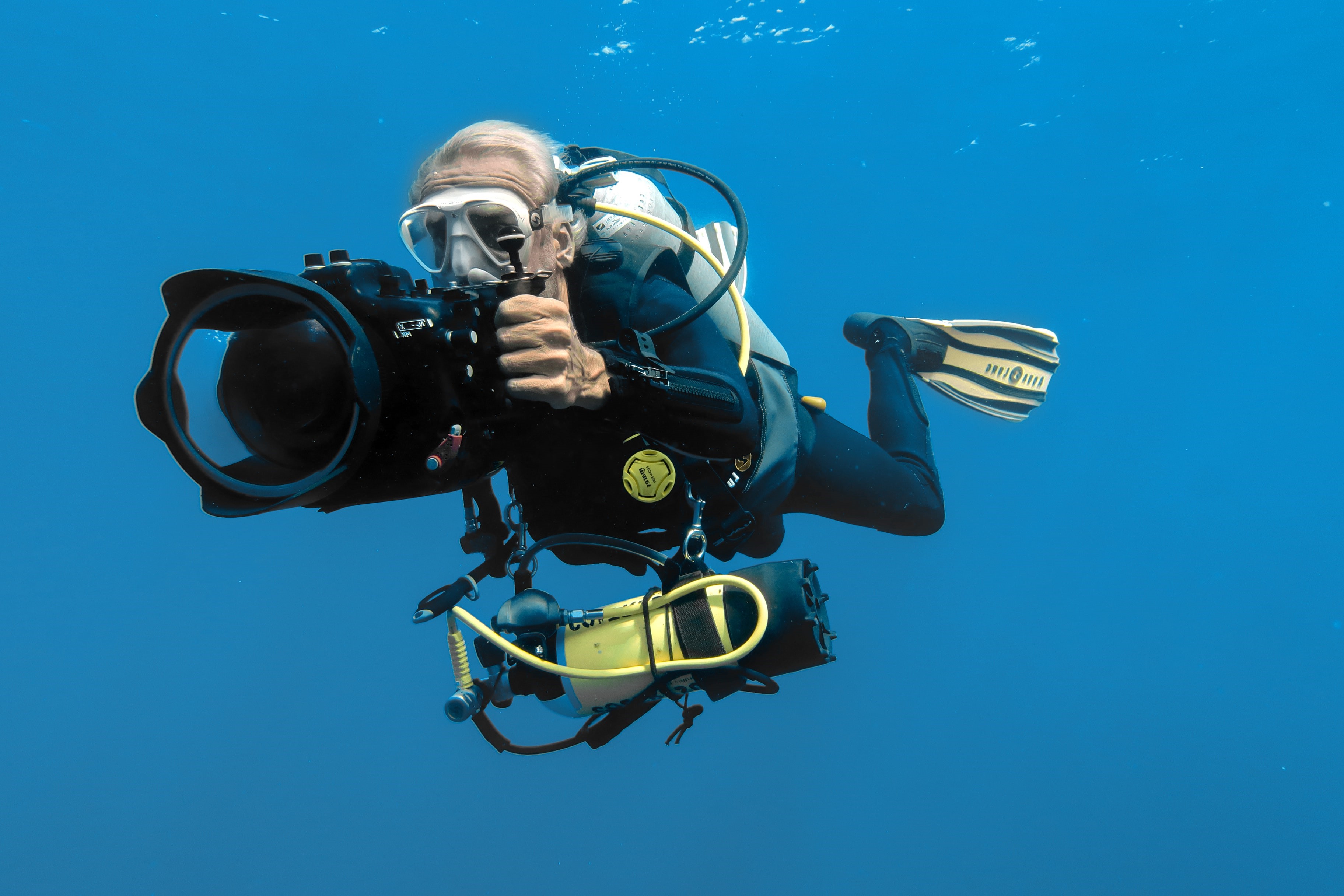
UNDERWATER PHOTO & VIDEO - OLIVIER BOURGEOIS
DSLR, Mirrorless, compact or action cameras today offer an immense variety of options and functions. Why setting your camera to auto mode for underwater shooting is not a good approach?
Shooting underwater requires a different approach to these settings than when shooting landscapes or wildlife on the surface. Underwater, with refraction, light does not propagate at the same speed as in air, colors are absorbed from the first meter, red first then orange, yellow, etc.
The presence of suspended particles modifies the color of the water, reduces the depth of penetration of light, produces backscatter, alters the visibility of the diver/photographer whose field of vision is already reduced by their diving mask... Without even addressing the natural conditions of the ocean (waves, currents, tides, etc.) or diving safety limits, the underwater videographer/photographer begins with a certain number of handicaps linked to the physical rules of the very environment in which he must practice his art.
Let’s not be afraid of words: Underwater Photography & Videography is quite challenging.

Full control of technical parameters
- • Basic knowledge of Underwater digital photography & video (aperture, shutter speed, focal length...)
- • White balance, a key factor for success in underwater shots
- • The role of shutter speed on moving underwater wildlife
- • Autofocus options and settings
- • What the histogram tells you and how you can read it?
- • What are compression formats? Which ones give you the most flexibility for post-production? .MOV or MP4, RAW or JPEG?
- • How to choose the frame rate for your underwater video? From 30 fps to 120 fps, advantages & disadvantages.
- • Housing maintenance and camera cleaning
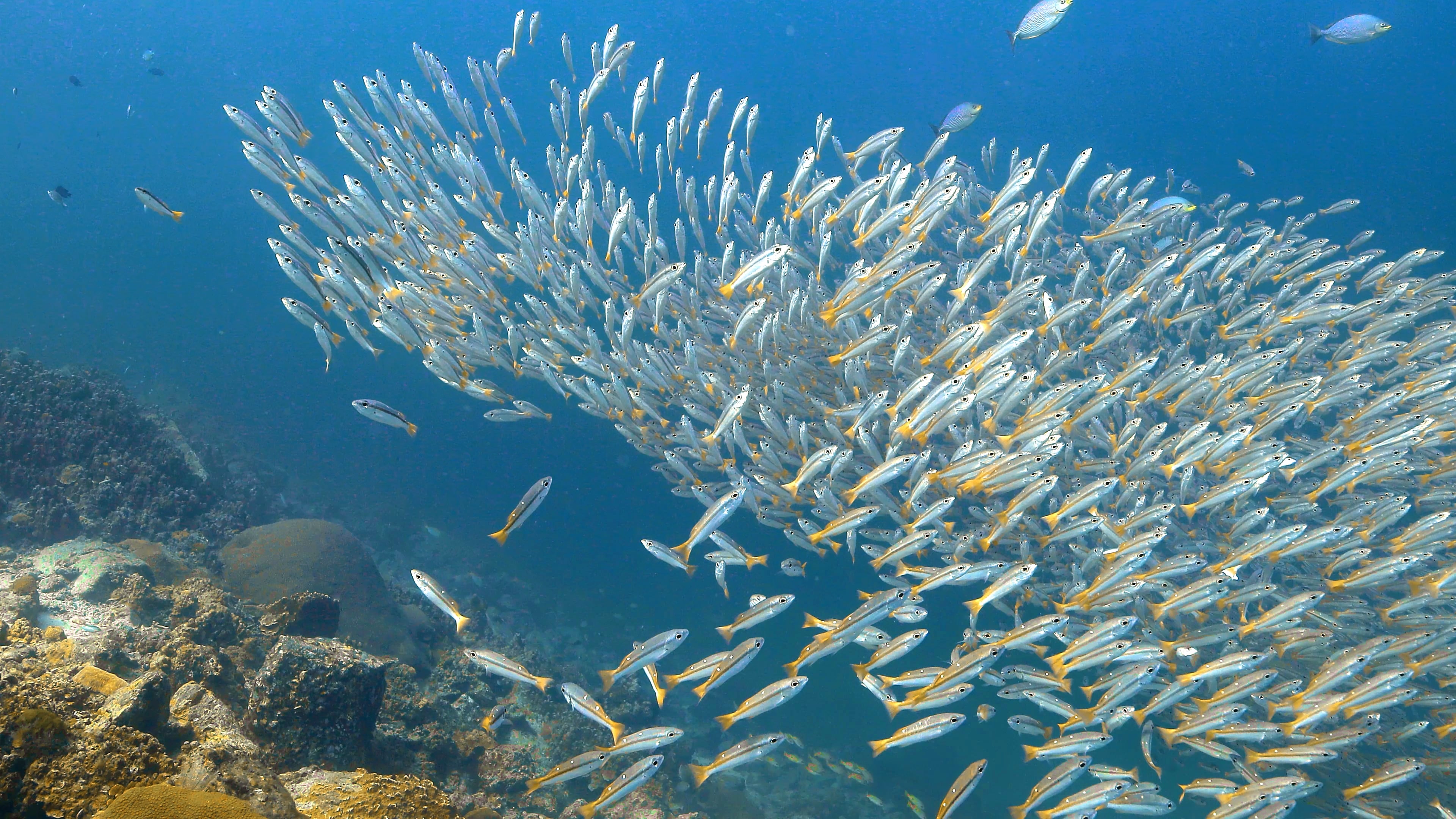
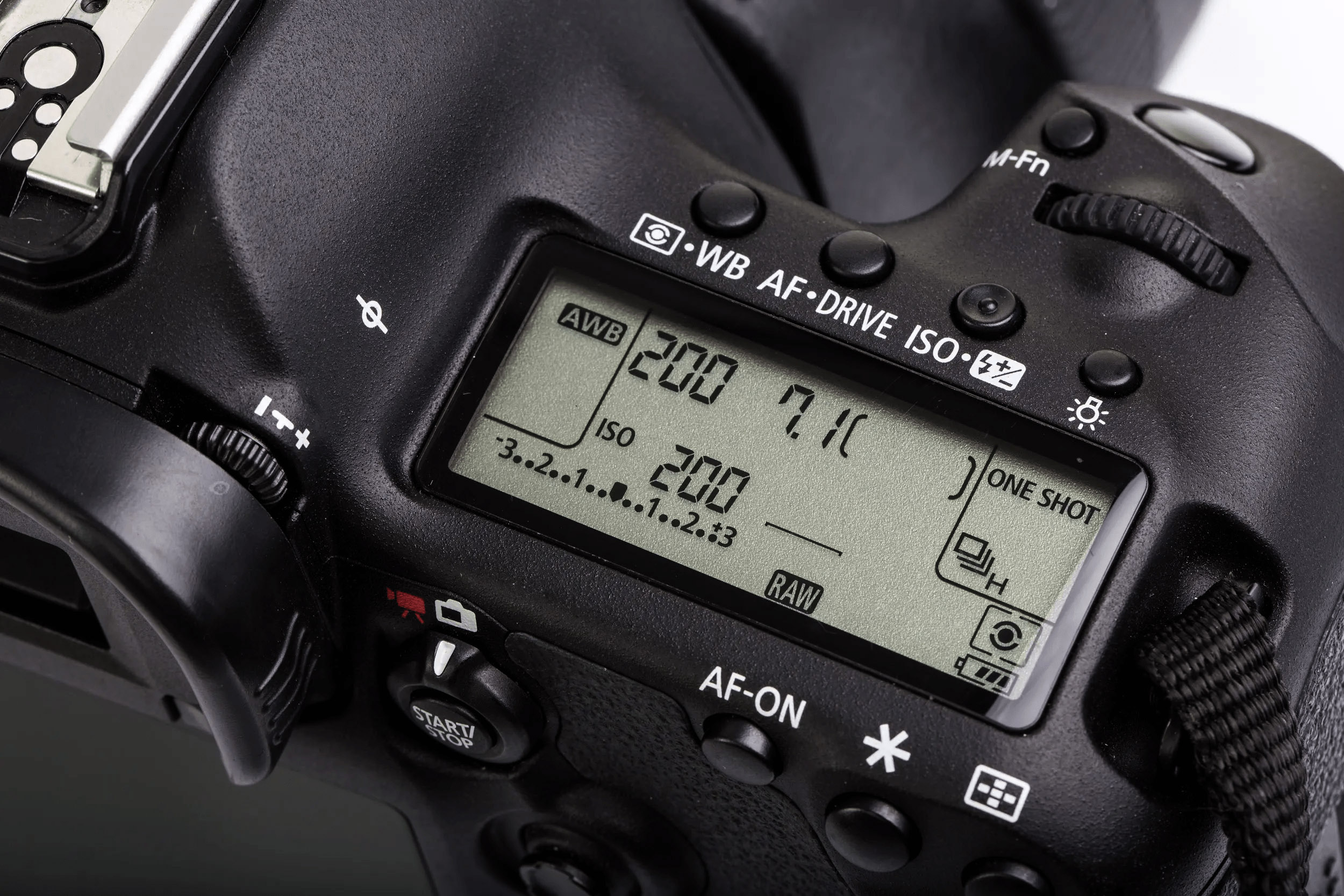
Develop your artistic approach to underwater photography and video
- • Image composition and video framing
- • Leading the subject into the frame
- • How to fill the frame or use negative space? choose the right perspective?
- • When to favor natural light?
- • How and when to use artificial lights ?
- • What kind of filter to use? If, When and how to use filters?
- • Foregrounds & Backgrounds
- • Wide shots, medium shot, close-up and macro
From Emotion to action
Often, we are touched, moved, surprised or even excited by what can emerge before our eyes in the blue of the ocean. This 3rd part will be devoted to what I call “excitement management” or how to control FOMO (fear of missing out) and the disastrous consequences that can result from it for your underwater images.
- • Switching from diver mode to underwater photographer/filmmaker mode
- • 2 seconds to integrate a situation and adjust your camera
- • When to pull the trigger?
- • Until your camera becomes an extension of yourself.

